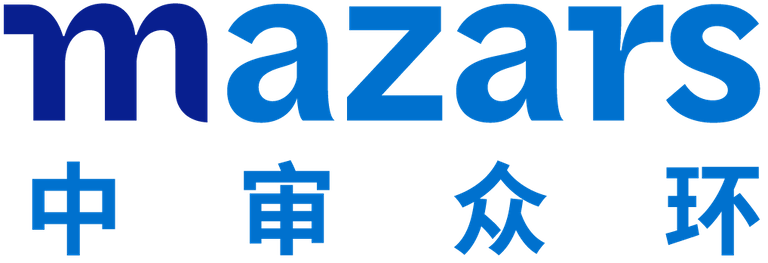
Salient points of Circular 106
Railway transportation and postal service
Railway transportation refers to those cargo or passengers transportation services carried out via the railway, while postal services include general (e.g. letters, parcels, etc.), special (e.g. reading material for the blinds), and other postal services. Railway transportation, being one kind of transportation service, is liable to the VAT rate of 11%. Postal service is also subject to VAT at 11%. Railway transportation and postal service providers will now be able to issue VAT invoices which can be used by the service recipients, if they are general VAT payers, to substantiate their VAT input credit. On the other hand, railway transportation and postal service providers, if qualified as general VAT payers, can also be entitled to input VAT credits supported by proper VAT invoices.
Good news to freight forwarders
Prior to the VAT reform (i.e. effective for the period from 1 January 2012 to 31 July 2013), provision of forwarding service in China is subject to PRC Business Tax (“BT”) at 5% on a net basis (e.g. receipts from customers minus freight charges). After the launch of the VAT reform, freight forwarding service becomes one of the ’Modern Industries’ which is subject to VAT at 6%. Most importantly, the aforementioned “net basis” is no longer available for the freight forwarders. Instead, they are required to calculate output VAT on the gross amount of the receipts, with input VAT credit available for offsetting against output VAT if it is a general VAT payer.
However, as a matter of fact, those freight forwarders may not be able to obtain VAT invoices (i.e. to claim input VAT credit) on their international freight expenses. One reason is that the charges of those overseas aircrafts or vessel operators (collectively refer as “shippers” below) may be exempt from VAT as a result of tax treaty application, therefore no VAT invoices are issued. If the freight forwarders choose to use domestic shippers instead of the overseas ones, the forwarders may not be able to get the invoices from the shippers as well. It is because these domestic shippers may either enjoy zero-rated VAT treatment, if they have the designated license, or be exempt from VAT on their international transportation services if otherwise.. Again, no VAT invoices can be issued by domestic shippers on their charges to the freight forwarders.
In summary, without VAT invoice, no input VAT credit can be claimed by the forwarders. As the forwarders may not be able to pass all or part of the increased tax cost to their customers, they have suffered from a significant increase in cost. Now with the issuance of Circular 106, an international freight forwarder, who is a general VAT payer, can be subject to VAT on a net basis i.e. the balance of its turnover, after deducting the paid international freight charges, is subject to VAT. This change should be welcomed by the freight forwarders as their increased cost burden can be significantly alleviated.
Offshore outsourcing services
Offshore outsourcing services are exempt from VAT up to 31 December 2013 under Circular 37. Circular 106 has extended the due date up to 31 December 2018. A comprehensive elaboration of the scope of offshore outsourcing services is now provided in Circular 106.
Other matters
Apart from the inclusion of two major services i.e. railway transportation and postal services, additional industries like aerospace, web-game design, audit management, tax management, courier, translation etc. are also added to the scope of the VAT reform. Some terminologies are also further defined in Circular 106 (e.g. government fund, turnover of sales and lease back service, etc.).
Conclusion
The ultimate goal of the VAT reform is to cover all the industries being subject to BT. It is expected that the next possible candidates to be included in the reform are real estate, financial services, and / or telecommunication. We will continuously monitor the reform progress and share the latest development updates in our tax newsletters.

